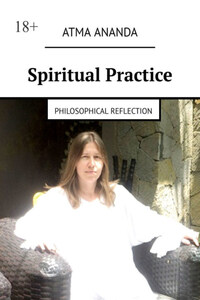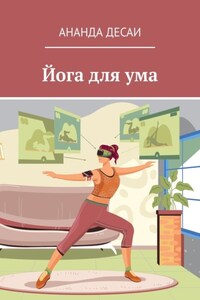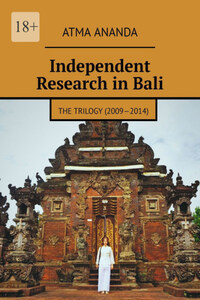Spiritual Practice. Philosophical Reflection

О книге
The author’s method of self-development using oriental practices is described here: “Having devoted a quarter of a century to harmonizing understanding with transformation, I studied various philosophical schools and cultural traditions. All the work was valuable for finding a foundation in Oneself and expanding activities from this Center”.The collection includes two books: “Self-Being Strategy” (Laos, 2008), “Personal Reality” (Bali, 2011).Cover photo: The author in Bali (Indonesia, 2011).
Автор
Читать Spiritual Practice. Philosophical Reflection онлайн беплатно
Книга заблокирована.
Вам будет интересно








